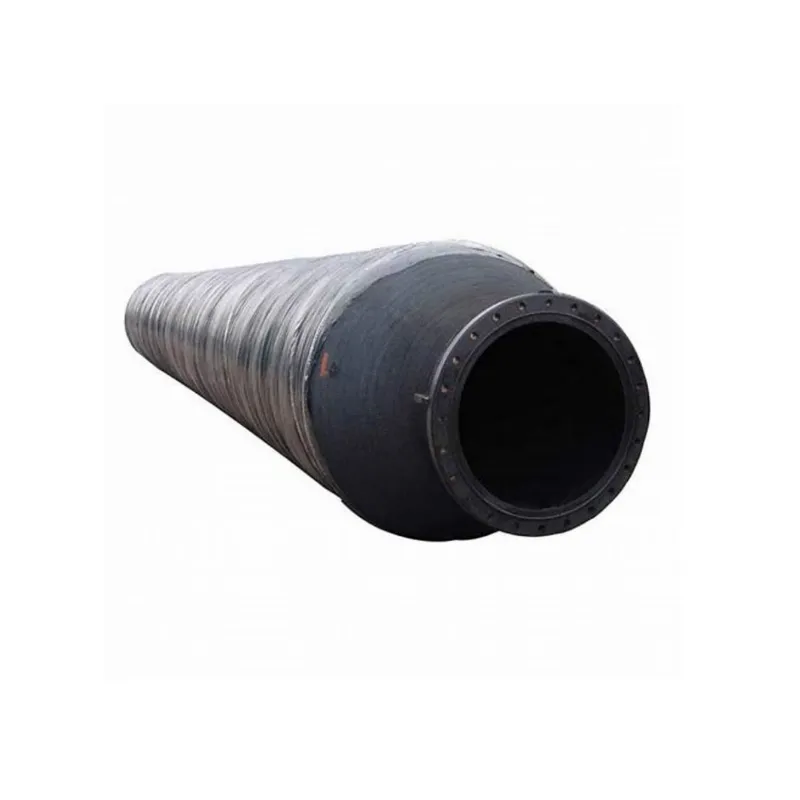
- Afrikaans
- Albanian
- Amharic
- Arabic
- Armenian
- Azerbaijani
- Basque
- Belarusian
- Bengali
- Bosnian
- Bulgarian
- Catalan
- Cebuano
- Corsican
- Croatian
- Czech
- Danish
- Dutch
- English
- Esperanto
- Estonian
- Finnish
- French
- Frisian
- Galician
- Georgian
- German
- Greek
- Gujarati
- haitian_creole
- hausa
- hawaiian
- Hebrew
- Hindi
- Miao
- Hungarian
- Icelandic
- igbo
- Indonesian
- irish
- Italian
- Japanese
- Javanese
- Kannada
- kazakh
- Khmer
- Rwandese
- Korean
- Kurdish
- Kyrgyz
- Lao
- Latin
- Latvian
- Lithuanian
- Luxembourgish
- Macedonian
- Malgashi
- Malay
- Malayalam
- Maltese
- Maori
- Marathi
- Mongolian
- Myanmar
- Nepali
- Norwegian
- Norwegian
- Occitan
- Pashto
- Persian
- Polish
- Portuguese
- Punjabi
- Romanian
- Russian
- Samoan
- scottish-gaelic
- Serbian
- Sesotho
- Shona
- Sindhi
- Sinhala
- Slovak
- Slovenian
- Somali
- Spanish
- Sundanese
- Swahili
- Swedish
- Tagalog
- Tajik
- Tamil
- Tatar
- Telugu
- Thai
- Turkish
- Turkmen
- Ukrainian
- Urdu
- Uighur
- Uzbek
- Vietnamese
- Welsh
- Bantu
- Yiddish
- Yoruba
- Zulu

កុម្ភៈ . 17, 2025 13:31 Back to list
Silicone Heater Hose


Trustworthiness is the bedrock upon which buyer-seller relationships in this domain are built. Providing transparent information about the origin of raw materials, environmental impacts of production, and post-purchase service policies engenders consumer confidence. Additionally, warranties and certifications act as assurances of quality, offering clients peace of mind about their investments. Focusing on product-specific factors, the choice of a commercial rubber hose should be driven by the medium it intends to transport. For instance, in automotive applications where oil and petrol resistance are vital, synthetic rubber blends such as Nitrile are favored. Conversely, environments exposed to extreme cold might benefit from ethylene propylene diene monomer (EPDM) rubber, known for its impressive cold flexibility and weather resistance. Moreover, nuanced customizations such as cloth-reinforced layers for added strength or external spirals for kink resistance are innovations designed to address industry-specific challenges. These customized solutions testify to the versatility and vast potential of rubber hoses in catering to highly specialized needs. Advanced composite layers and seamless construction techniques further enhance the durability and operational efficiency of these hoses. In applications involving food and beverage transfer, adherence to hygiene standards through the use of food-grade materials is crucial to prevent contamination and ensure safety. In conclusion, commercial rubber hoses are not just conduits for transport but are meticulously engineered products that embody a perfect synthesis of experience-driven insight, manufacturing expertise, authoritative standards, and unwavering reliability. As industries continue to evolve, the role of these versatile tools in crafting efficient and sustainable systems is set to expand, further solidifying their critical status in industrial operations worldwide.
Latest News
Steel Wire Reinforced Hydraulic Hose SAE 100 R1 / EN853 1SN S
NewsOct.17,2024
Two Layers Steel Wire Reinforced Hydraulic Hose SAE 100 R2 / EN853 2SN
NewsSep.03,2024
Textile Braid Reinforced Hydraulic Hose SAE100 R3+R6
NewsSep.03,2024
Textile Reinforced Hydraulic oil Suction Hose with embedded Steel Wire SAE 100 R4
NewsSep.03,2024
Single Wire Braid and Textile Covered Hydraulic Hose SAE 100 R5
NewsSep.03,2024
High Pressure Thermoplastic Hydraulic Hose SAE 100 R7 / EN855 R7 - SAE 100 R8 / EN855 R8
NewsSep.03,2024
Heavy Duty Four-layer Steel Wire Spiral Reinforced Hydraulic Hose SAE100R9+R10+R12
NewsSep.03,2024
Heavy Duty Multi-layer Steel Wire Reinforced Hydraulic Hose SAE100R13 SAE100R15
NewsSep.03,2024
Latest Products










